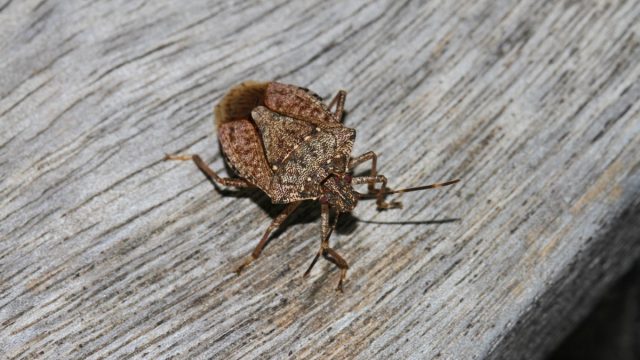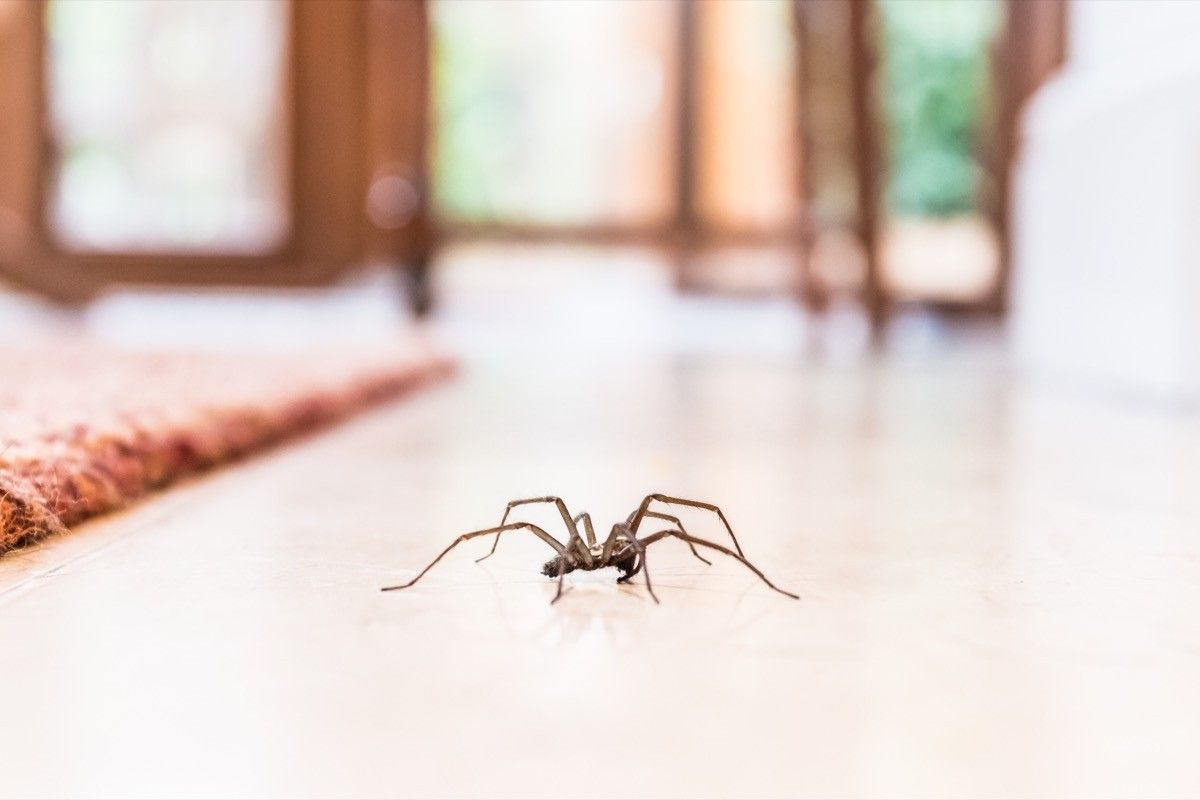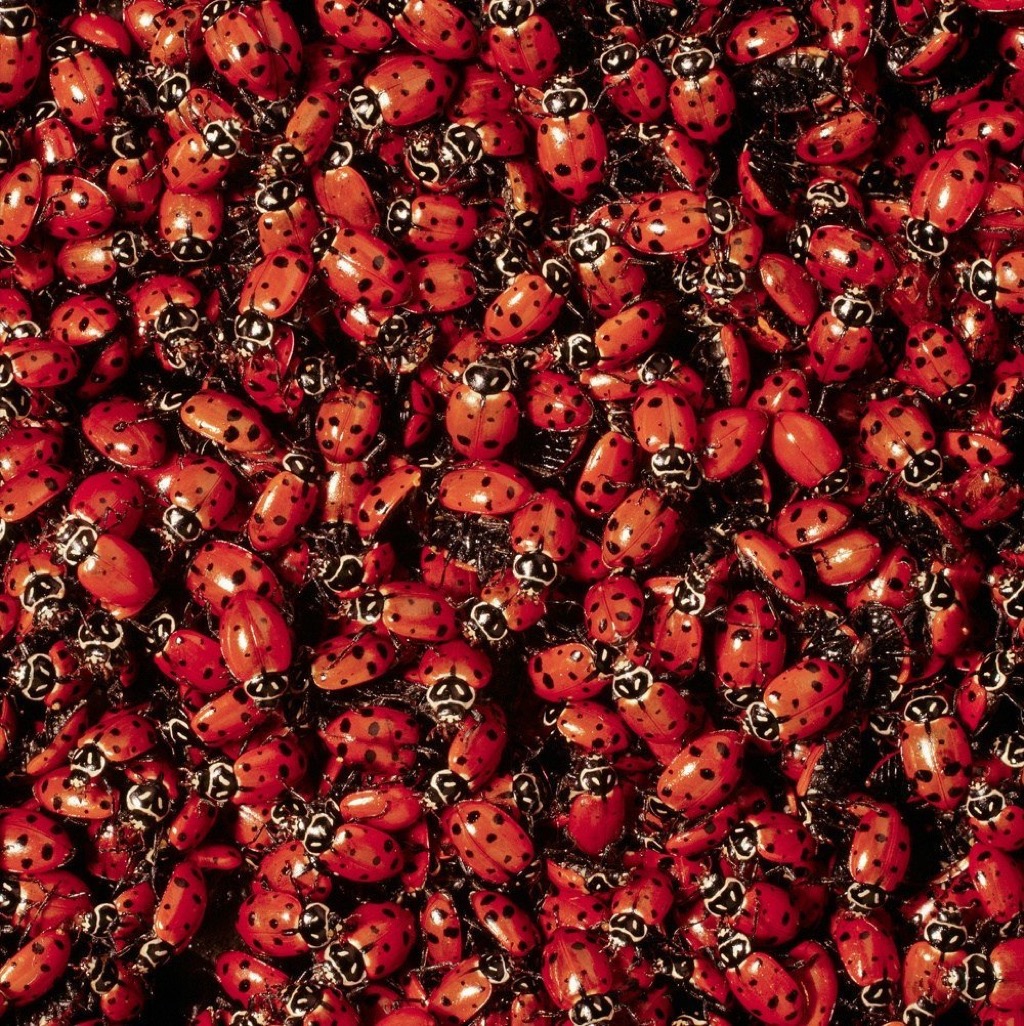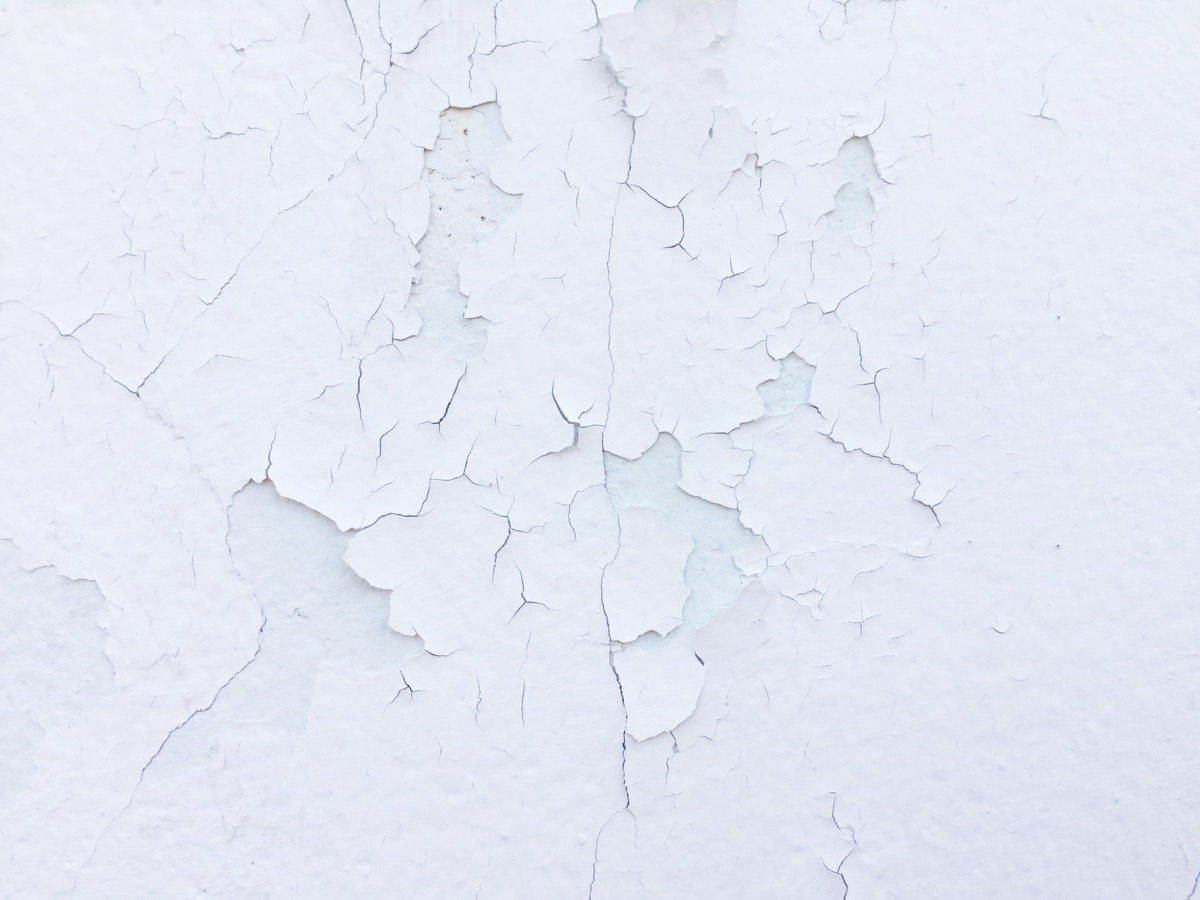If Your House Smells Like This, You May Have a Bug Problem

Spring is nearly here, and while you may welcome the change of the seasons, you may not be so eager for what often comes along with the warmer weather: bugs. According to a recent article in the Pittsburgh Post-Gazette, there’s one bug you may be seeing a lot more of this year—and even if you don’t see it, you may very well smell it. Experts warn that this particular bug is known to alert you to its presence with a signature smell, reminiscent of coriander, chili peppers, or cilantro. The insect in question? The aptly named stink bug. Read on to learn about this pervasive pest, and for more insect news, This Threatening Insect May Have Just Been “Eradicated” in the U.S.
According to Brittany Campbell, an entomologist with the National Pest Management Association, last year’s mild winter and abnormally warm spring and summer caused brown marmorated stink bugs to reproduce at hastened rates. “Typically stink bugs produce one generation a year, but when it’s very hot there can be more,” Campbell told the newspaper. Now, there’s a marked uptick in reports of the prolific bug in parks, gardens, and yes, inside people’s homes.
The good news? These shield-shaped insects are generally harmless, though as a troubling piece in The New Yorker details, they have been known to cause infestations that would alarm any homeowner. “They’re not hazardous to people. They don’t sting or bite. But at our house they like to land in the dining room light and occasionally drop onto the table,” John Wenzel, an entomologist and director of the Carnegie Museum of Natural History’s Powdermill Nature Reserve in Pennsylvania told the Pittsburgh paper.
On top of the threat of stink bugs appearing in alarming numbers—and their unwelcome presence at your dinner table—these household pests can also release a pungent odor as part of their defense system. And, while many liken the scent to cilantro, coriander, or chili peppers, others evoke less palatable smells: “dead skunk, rancid meat, or a combination of sulfur and ammonia,” the paper reports. Experts say they are likely to release the odor when they feel threatened or agitated, or in the event that they are squished—meaning you’ll want to dispose of them with caution.
So, what should you do if you’ve already noticed stink bugs in your home? Seal off any entry points you can find, eliminate food and moisture sources that the bugs may be living off of, and gently escort bugs out of your home rather than reaching for a swatter. Otherwise, you may be left with something even less pleasant than a bug: a stench that lingers long after it’s gone. Read on for more expert-backed ways to spot a bug problem in your home, and for more insect advice, If You See This Bug That’s About to Invade the U.S., Don’t Kill It.
1
You notice more spiderwebs around your home.

While seeing a spider here or there is no serious cause for concern, seeing lots of them poses two problems. One, you have a lot of spiders in your house (ick). Two, spiders eat bugs, meaning the spider population is only thriving if you also have ample other insects in your home.
As Panther Pest Control points out, spiders’ “food choices make them nature’s best domestic pest controllers, as they feed on insects” including “anything from drain flies through crickets and mosquitoes to fruit flies, cockroaches, earwigs, or clothes moths.” If you see an increase in spiders, you’d be wise to look for signs of those other types of insects, as well. And for more home protection tips delivered straight to your inbox, sign up for our daily newsletter.
2
You notice spots around your windowsill.

If you notice spots along your window sill and a strange odor inside your home, you could have a ladybug problem on your hands, according to Carolina Pest. And while, as insects go, ladybugs are considered some of the least offensive. But experts say that, like spiders, they also suggest that there’s a steady stream of other bugs around for them to eat.
Additionally, Vulcan Termite & Pest Control warns that there’s a difference between ladybugs and Asian lady beetles. They may look similar, but the latter are known to cause damaging home infestations. To spot the difference, look closely at the insect’s head. If you notice a white “M” shape at where the head meets the wings, you’re dealing with an invasive species. And for more pest problems to pay attention to, If You Live Here, Prepare for a Major Bug Infestation, Expert Warns.
3
Your home’s paint is peeling.

You may notice a termite problem from any number of telltale signs: according to pest management company Orkin, they’re known to leave tubes of mud on exterior walls, shed piles of wings on the ground, and leave behind droppings that look like wood pellets. But one more subtle sign that you have a termite problem is that your paint may unexpectedly begin peeling.
Pest control company Orkin explains, “As any painted surface which has moisture behind it will react, the painted surfaces adjacent to termite infestation may peel or bubble. Not all bubbling or peeling paint on a structure is a guarantee that there are termites behind the painted surface, but bubbling or peeling can be a sign of moisture.” In other words, if your paint seems to be peeling at an accelerated rate, it’s worth calling an exterminator to inspect your home.
4
You notice brown spots on your bedding.

There is perhaps no insect problem more dreaded of feared than an infestation of bed bugs. But as pest control company Terminix points out, they can be hard to spot if you’re unfamiliar with what to look for: “Mature bed bugs are about the size of an apple seed (approximately five millimeters). They are reddish-brown, wingless and flat, although they swell up like a torpedo after a blood feeding. When that happens, they change to bright red in color, taking days to return to reddish-brown.”
Experts say that while bed bugs are visible to the naked eye, you may notice other evidence of them before spotting the bugs themselves. On and around your bedding, stay vigilant for “cast/shed bed bug skins, exoskeletons or bed bug shells, fecal spots on your mattress and bedding,” and “blood stains on your sheets and pajamas,” says the Terminix team. And for more insect-induced nightmares, These Awful Bugs You Forgot About May Soon Come Back, Exterminators Warn.